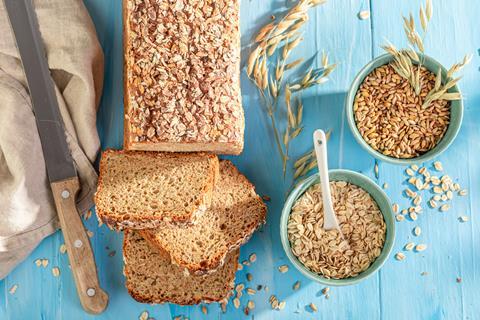
Retailers are missing out on the opportunity to improve consumer health and generate sales by not highlighting fibre claims on bakery products, according to ACI Group.
The ingredient distributor and supply chain specialist partnered with German ingredients company GoodMills Innovation on an audit of hundreds of products launched in the bakery and desserts category between January 2021 and April 2025.
It found that while protein continues to dominate on-pack claims, fibre has marginally outpaced it in product launches, with 194 ‘source of fibre’ or ‘high fibre’ launches compared to 183 high-protein ones over the past five years. Products containing 3g of fibre per 100g are eligible to use the ‘source of’ label while those with 6g per 100g can state that they are ‘high in fibre’.
UK government guidelines suggest that adults should consume 30g of fibre per day, but the average person gets less than two thirds of this at 18g.
ACI Group added that a significant number of products, particularly in the bread and morning goods category, exceed the legal threshold for ‘source of’ and ‘high in’ fibre claims but aren’t highlighting this on pack or shelf. It also found that despite containing ingredients such as wheat and barley flakes, other products are narrowly missing the threshold suggesting that ‘simple reformulation’ could help.
There is a plethora of options available from bakery suppliers, with the Snow Prebiotic Fibres from Goodmills Innovation and Lory Starch Elara from Loryma among recent launches.
Flying high with fibre
Taking a closer look at the research, M&S came out on top for the number of higher fibre launches over the past few years closely followed by Sainsbury’s and Asda [see table below].
| Retailer | Source of fibre and high fibre launches between 2021-2025 in bakery and desserts category |
|---|---|
|
M&S |
40 |
|
Sainsbury’s |
39 |
|
Asda |
38 |
|
Morrisons |
26 |
|
Tesco |
22 |
|
Waitrose |
13 |
|
Aldi |
8 |
|
Iceland |
4 |
|
Lidl |
4 |
Source: Innova Market Insights
However, the discounters and their baked goods suppliers have ‘notably lagged’ in embracing and communicating this fibre growth, or at the very least, haven’t kept pace with the wider market, according to the research, ACI Group said.
“Retailers have introduced a number of source-of-fibre and high-fibre SKUs in the past five years, yet the market opportunity remains far greater,” said Simon Hobler, key account manager Europe at GoodMills Innovation. “The review notes that bakery, desserts, and cereals offer clear and immediate potential for reformulation or relabelling to meet fibre thresholds without sacrificing taste or shelf appeal.”
Lidl is looking to make progress on this. At the start of this year, it became the first UK supermarket to introduce fibre-boosting sales targets across its entire offering. It committed to an 20% increase in the tonnage of total fibre sold by 2026, and boosting the volume of wholegrains it sells to 25% of total grains by 2030.
As part of its new targets, Lidl said it is working with suppliers to enhance existing recipes by incorporating more plant-based, fibre-rich ingredients like lentils, beans, and grains, whilst reducing fats and sugars. It will also seek to introduce new and exciting high-fibre products, boosting nutritional value and making everyday items healthier.
ACI Group added that the ‘fibre gap is not just a nutritional concern – it’s a commercial opportunity’, particularly as consumers prioritise gut health, satiety, and sustainable plant-forward diets. “Fibre offers a claimable benefit with strong consumer relevance. The tools are ready for manufacturers and retailers willing to act, and the timing is now,” it concluded.

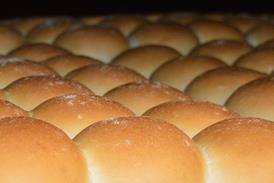

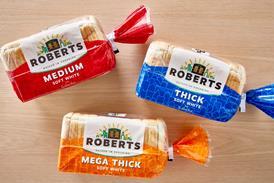

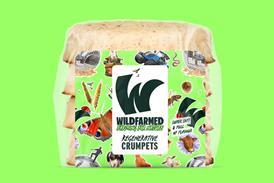

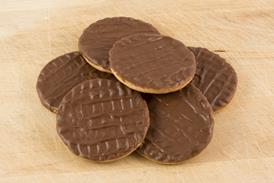




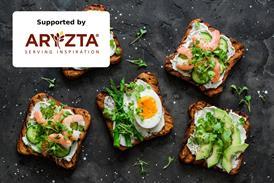







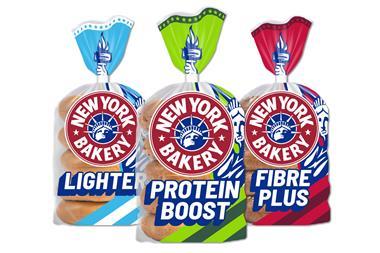
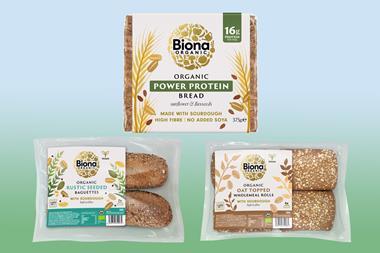

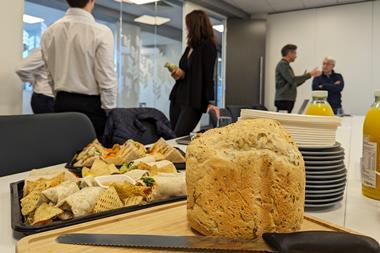
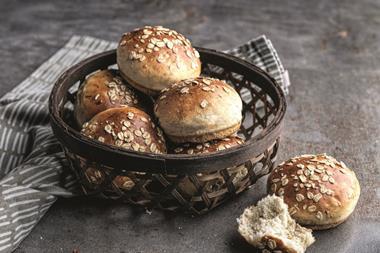
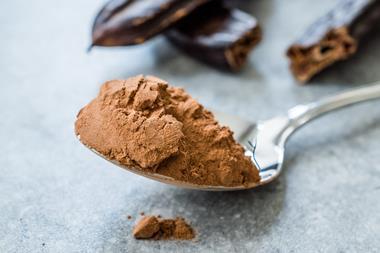
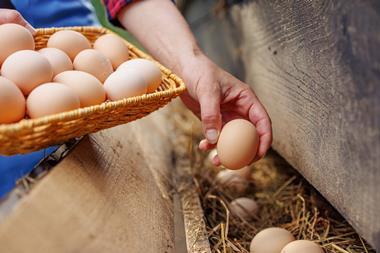


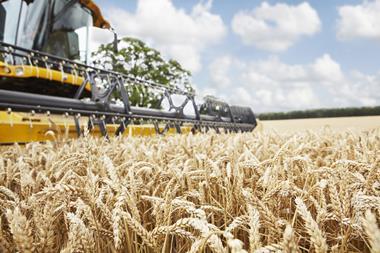
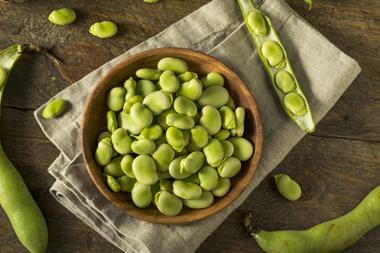
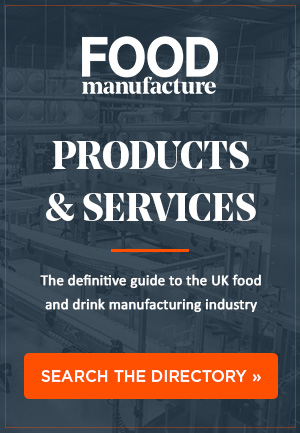
No comments yet